Anduril Industries has successfully completed another series of flight tests for its Barracuda-100M autonomous air vehicle, part of the U.S. Army’s High-Speed Manoeuvrable Missile (HSMM) programme.
The May 2025 tests mark a significant step forward in a U.S. Department of Defense effort to field affordable, modular, and high-speed strike systems suited for rapid target engagement.
According to a company release, the latest powered flight trials of Barracuda-100M validated both hardware and software upgrades, including a new low-cost inertial navigator and independent mission computer developed in-house by Anduril. The system reportedly exceeded all mission objectives, including autonomous launch, high-G manoeuvres, and multiple terminal guidance strikes at speeds exceeding 500 knots.
The tests were conducted in support of the U.S. Army Combat Capabilities Development Command’s Aviation & Missile Center (AvMC), which is working to pair the Barracuda platform with its Precision Target Acquisition Seeker (PTAS). The PTAS payload allows passive, autonomous tracking of targets using long-wave infrared imagery, and has now been integrated into Anduril’s Lattice for Mission Autonomy software framework.
Anduril stated that the Barracuda-100M has progressed from concept to powered flight in under two years, including a compressed 12-month test cycle in 2024 that included full-scale wind tunnel trials, environmental testing, glide tests, and engine trials.
Later this year, the company plans to conduct ground-launch demonstrations to highlight the missile’s adaptability across domains, ahead of a live fire test scheduled for 2026. The system is intended to give U.S. mobile ground forces a fast, manoeuvrable, and mass-producible strike option with extended reach.
Barracuda-100M is described by Anduril as offering up to ten times the range of a similarly sized AGM-114 Hellfire missile while remaining cost-competitive. The missile is designed for scalable production and supports air and ground launch modes, including rail, tail, and canister configurations compatible with fixed- and rotary-wing aircraft.


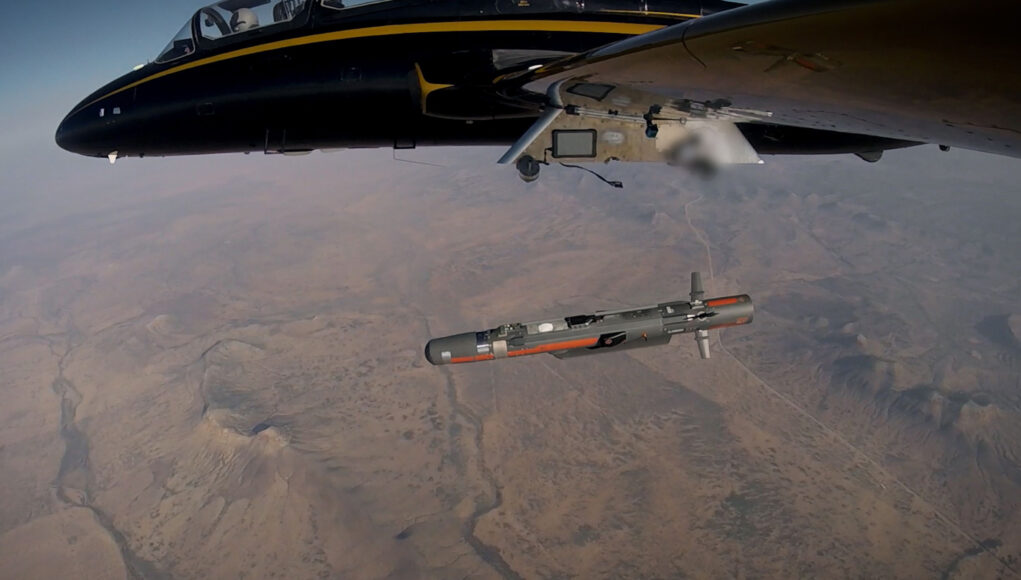
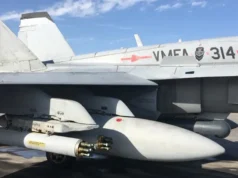

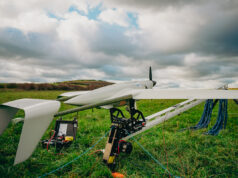
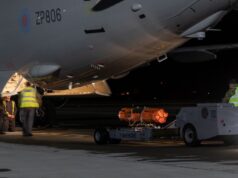

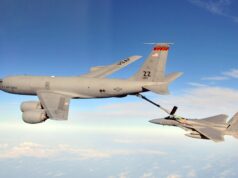
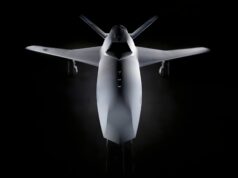

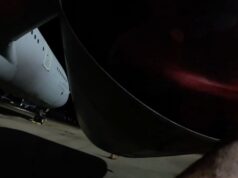
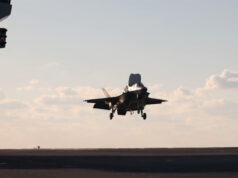

If anyone wants to look at what’s wrong with the “Big Defence” corporate monolith of the US defence industry this is it. Anduril are fairly new, very ambitious fast footed and highly innovative. In other words what NA, McDonald Douglas, Convair were like before they merged into the Companies they are today.
Anduril are busily running rings round them and aren’t even a listed company yet (😞).
It’s true but most of their programs are acquisitions from small innovative defence firms, Anduril is a PE backed future monster and no doubt they all want those sweet sweet tax dollars from unclue Sam.
It’s the US system that tends to corrupt companies rather than the other way around.
Once upon a time Boeing was an innovative company that could stretch a dollar too 😀
That does seem impressive, was only reading yesterday how Martlet was supposed to have been in service in 2015 and only ordered in large numbers in 2023/24 and that is a relatively straightforward adaptation and updating of e siting missiles, it a clean sheet design. But then we are getting similar delays to Spear and Brimstone so not sure what to say about what Anduril seem to be achieving from scratch… just its ownership and backers that concerns me though you aren’t going to get angels in the defence sector.
Lockheed is rapidly developing these capabilities too, the cheaper- easier to mass produce weapons. I think a lot of it comes down to the improvements in computing, software and AI over the last few years and massive investment in infrastructure that came out of ukraine aid money (most of it stayed in the US). Development can happen much faster and cheaper now. Most of the expensive and time consuming testing you had to do even just 5-10 years ago can now be done virtually. If you look at the US right now the amount of new equipment coming online is mind-boggling and honestly hard to keep track of. Entrants to the USAF FAAM program which aim to produce 5-6000 missiles next year alone are:
Anduril with the barracuda series (100, 250 and 500 mile range variants)
Lockheed with the CMMT
Zone 5 tech
Lockheed is of course primarily focused on expanding higher end things like JASSM and LRASM which they are doubling production of, and which are completely different beasts than the barracuda. and raytheon won the sole contract for the hypersonic attack cruise missile which thanks to the software i mentioned is expect to be rapidly fielded operationally by 2027 despite just starting flight testing this year.